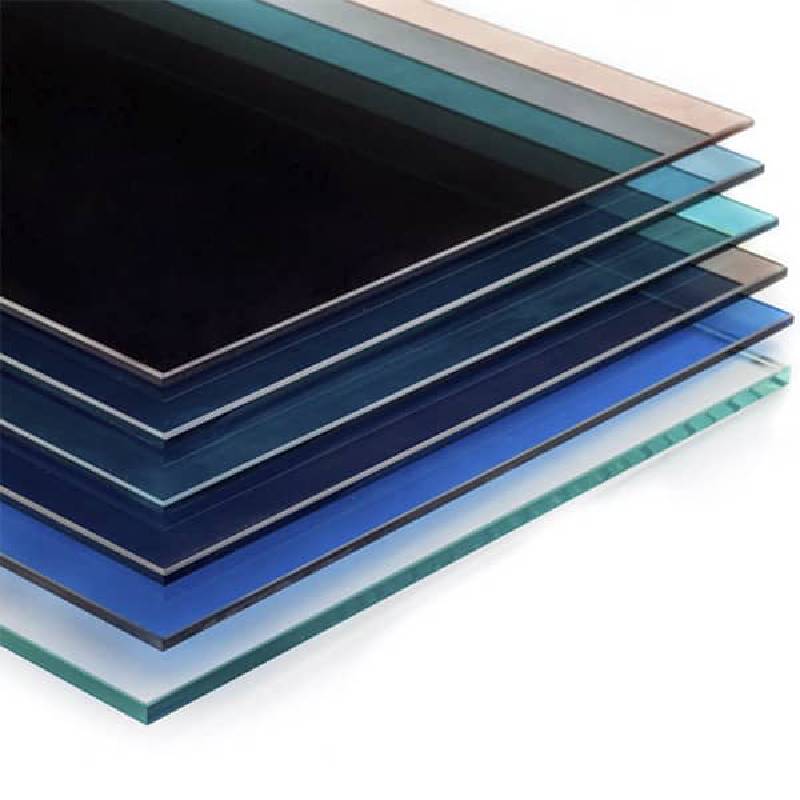

Understanding the Pricing of 4mm Clear Float Glass
Clear float glass, known for its optical clarity and flat surface, is one of the most widely used types of glass in various applications, including windows, facades, mirrors, and furniture. Among the different thicknesses available, 4mm clear float glass is particularly popular due to its balance of strength, weight, and cost-effectiveness. This article explores the factors influencing the price of 4mm clear float glass and provides insights into its market dynamics.
Factors Influencing Price
1. Raw Material Costs The primary components of float glass are silica sand, soda ash, and limestone. Fluctuations in the prices of these raw materials directly impact the production costs of clear float glass. For instance, an increase in the cost of silica sand due to mining regulations or environmental concerns can lead to higher glass prices.
2. Manufacturing Process The float glass process involves melting raw materials at high temperatures (around 1,700 degrees Celsius) and then floating the molten glass on top of molten tin to create a smooth surface. The intricacies of this manufacturing process, including energy consumption and production efficiency, also affect the final pricing. A more efficient plant that minimizes waste and energy use can produce glass at lower costs, potentially offering better prices.
3. Transportation and Logistics The geographical location of glass manufacturers and the distance to the market significantly influence pricing. Transportation costs can vary widely based on fuel prices and logistics infrastructure. For instance, companies situated closer to their primary markets may be able to offer more competitive pricing than those who incur higher transportation costs.
4. Supply and Demand Dynamics The balance of supply and demand is critical in determining the price of 4mm clear float glass. In times of high demand, such as during a construction boom, prices may spike as manufacturers struggle to keep up. Conversely, excess supply can lead to decreased prices. Market trends, housing developments, and infrastructure projects all play a role in shaping this dynamic.

5. Regional Variations Prices for 4mm clear float glass can vary by region due to local demand, availability of raw materials, and differing transportation costs. For instance, urbanized areas with higher construction activity might experience increased prices compared to rural areas where demand is lower.
6. End Use Applications The application of 4mm clear float glass also dictates its pricing. Specialty applications, such as tempered or coated glass for enhanced security or energy efficiency, often come at a premium compared to standard float glass. Customers seeking specific performance characteristics may be willing to pay more, influencing the market segment pricing.
Current Market Trends
As of 2023, the float glass industry is witnessing notable trends. The push for sustainable building materials and energy-efficient solutions has led to increased popularity for special coatings on clear float glass. Consequently, manufacturers are investing in advanced technologies to produce more eco-friendly glass options, which could influence pricing structures. Moreover, geopolitical factors, such as trade regulations and tariff changes, also impact the international pricing landscape for glass products.
Conclusion
The price of 4mm clear float glass is influenced by various factors, including raw material costs, manufacturing processes, and regional market dynamics. As the construction industry continues to evolve, staying informed about these trends is crucial for consumers and manufacturers alike. Understanding these factors can help stakeholders make more informed purchasing decisions and forecast future pricing trends effectively. With continued advancements in technology and changes in consumer preferences, the landscape for clear float glass is likely to remain dynamic and multifaceted.